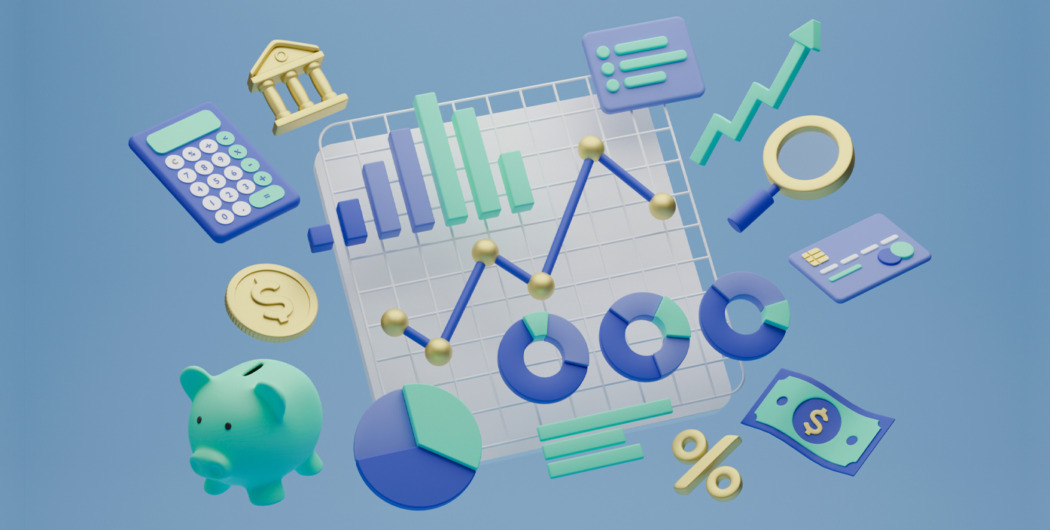

In the last few years, the stock market has been volatile and sometimes wildly unstable. But this was also the time when more people started trading and investing in the stock market. Were all of them equipped for it? Probably not. Does it mean they sustained losses? For many of them, yes.
If you’re also interested in speculative activities, learn about the key steps of share trading first and start your journey off right.
By far, the biggest equity market is in the United States. US stock markets accounted for 55.9% of world stocks in 2021. Stock markets in Japan (7.4%), China (5.4%), the UK (4.1%), France (2.9%), Switzerland (2.6%), Germany (2.6%), and Canada (2.4%) combined only make up half of the US exchanges’ market capitalization.
Picking a broker and trading platform
If you’re ready to learn about the share market in real conditions (rather than just on paper), get ready to pick your platform. It should have a good reputation, stable performance, basic functionalities, additional features, and a user-friendly interface. But these are just basic criteria. To pick a platform that suits your needs, you must:
- Know your goals: You will have different priorities depending on your level of trading experience, so choose a platform that suits you now and, ideally, can adapt to your growing needs.
- Evaluate the tools and support: It should provide in-depth customer education and trading support.
- Figure out the fees: Have a clear idea of how much you’ll pay to use it.
- Test the platform: It’s worth the effort to go through the signup process just to access the service.
Selecting the right trading asset
This step is about narrowing down your education path to a few stocks or even one. As you learn more and become more familiar with the tools, you can scale up and diversify.
So, to choose the right stock, you need to assess:
- Business niche, company strength relative to its peers
- Balance sheet and other reports
- Financial ratios (P/E, P/S, ROE, D/E, D/A)
- Trends in earnings growth
- Intrinsic value against the market value
- Investor sentiment, interest from the general public
At first, consider the stock with the highest growth potential. When you understand how long positions work on high timeframes, you’ll be more prepared to experiment with short positions and lower timeframes.
Choosing a trading strategy
There are many strategies, and they can all perform well under specific market conditions. This is why it was crucial to figure out your preferred trading style and assets in the previous steps — these decisions will dictate your trading strategies and in which conditions you’ll trade.
Without going into much detail, here are three types of people and strategies that suit them:
- Casual trader: If you don’t have a lot of time to dedicate to trading, swing or position trading may be a good start. You won’t have to spend too much time in front of the screen, but these methods are still customizable enough to allow you enough control.
- Full-time enthusiast: If you’re ready for quick-fingered decision-making under pressure, consider scalping, day trading, or news trading. These strategies are fast-paced, very technical, and offer high risks with high rewards.

Carrying out fundamental and technical analysis
Fundamental and technical analysis are two major ways to approach the share markets. And while they are at opposite ends of the spectrum, it’s wise to learn how to use both.
If you completed the second step correctly, you already know the basics of fundamental analysis. Now, you need to learn more about evaluating the difference between a stock’s intrinsic value and the price at which it is trading.
Because the market often behaves the same, many traders are more concerned about the patterns repeating themselves and the supply and demand dynamics. Technical analysis will probably be less dense in information, but there will be plenty of data, figures, and charts.
Setting stop loss and take profit targets
Placing orders to protect your positions is always a wise decision. It won’t be much of a learning experience if you don’t have any more funds to trade with, will it?
By establishing the point of exit, you make it possible to calculate a risk/reward ratio for a trade. The stop loss target will lock in any possible loss you can sustain in a single position. The take profit target will cap the potential profit for the same position. As much as share trading remains unpredictable, SL and TP orders allow you to prepare for a specific set of conditions.
Keeping a trading journal
Stock market moves can be hard for investors and traders to process. The same can be said about the performance of individual trades.
Keep all relevant data organized and easy to make use of. This includes:
- Entries and exits
- Position sizes
- Profits and losses
- Trade rationale
There is no universal format, so create your own personalized system. The digital format is more common — it allows for easier navigation and better searchability.
At the end of each week/month/quarter, go back and see how well you did in that period. This will help you pinpoint your strengths and weaknesses, hold yourself accountable, and — you guessed it — learn from your mistakes.








